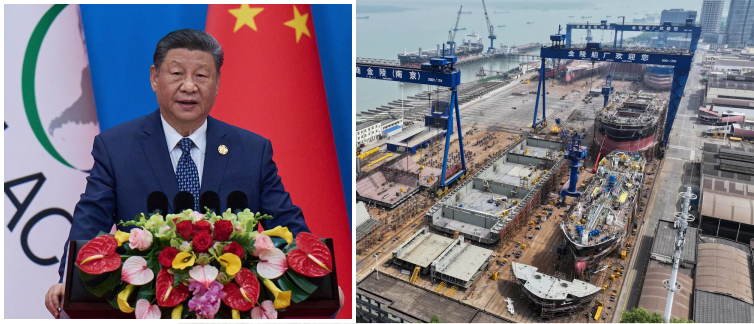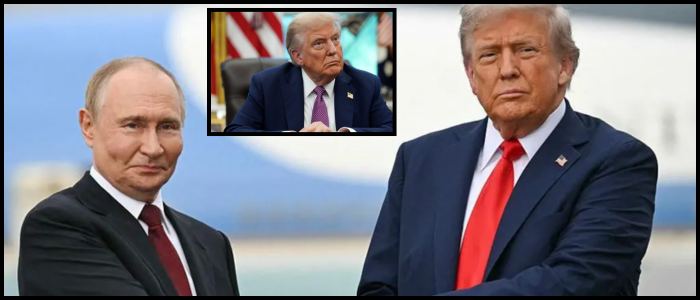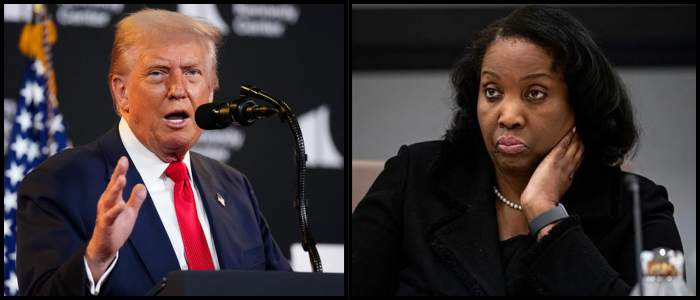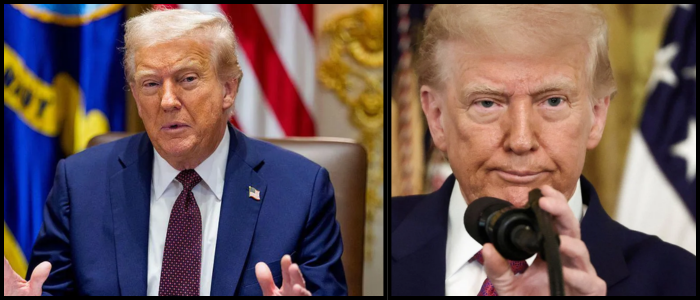Export Growth Drops
China's exports grew by 8.1% in April, based on U.S. dollar terms, a sharp decline from the 12.4% growth seen in March. The slowdown came as businesses rushed to ship their goods before the full impact of Trump's tariffs, which kicked in during the month. Exports to the U.S. dropped by 2.5%, while imports from the U.S. fell by 4.7%.
While the trade numbers were better than expected, they still highlight the toll the trade war is taking on both the Chinese and U.S. economies. Recent data shows that China's factory activity contracted sharply in April, marking its steepest decline in 16 months. Meanwhile, the U.S. economy shrank in the first quarter, experiencing its first contraction in three years.
Impact of the Trade War
The reduced export growth and shrinking trade volumes underscore the stakes ahead of the upcoming trade talks in Geneva, Switzerland. Trump's administration imposed tariffs of at least 145% on most Chinese goods, while China retaliated with 125% tariffs on U.S. imports. Experts predict that this escalating tariff war will result in significantly lower trade between the two countries.
As a result of the tariffs, goods arriving in U.S. ports from China are now subject to higher duties, leading to higher prices for consumers and potential shortages of certain goods.
Uncertain Outlook for De-escalation
U.S. Treasury Secretary Scott Bessent and Trade Representative Jamieson Greer will join talks in Geneva this weekend, though Bessent has tempered expectations, stating only that the goal is de-escalation. Trump, on the other hand, has expressed optimism, suggesting that tariffs could come down if the talks proceed well, but emphasized that the tariff rate is already at a peak of 145%.
Trump also raised the issue of Hong Kong media tycoon Jimmy Lai, who faces a national security trial, as a possible negotiating point during the discussions. Lai's case has become a point of tension, as his media outlet, Apple Daily, was often critical of Beijing.
China's Economic Challenges
China is facing a number of deep-rooted economic issues, including a property sector crisis and weak consumer spending. As a result, the country is heavily reliant on its export sector to drive growth. Despite efforts to reduce dependence on the U.S. market since the trade war began in 2018, the U.S. remains a crucial destination for Chinese exports.
In fact, U.S. imports account for 14.7% of China's total exports, and the figure rises to 20.6% when considering exports routed through Hong Kong, Southeast Asia, and Mexico. Economists at investment bank Nomura estimate that tariffs affect around 2.2% of China's GDP directly. If exports to the U.S. were halved, China could see a loss of 1.1% of its GDP, with the ripple effect impacting other sectors, particularly services related to merchandise exports.
Looking Ahead
As China prepares for its upcoming talks with the U.S., the country's export-dependent economy faces an uncertain future. The resolution of the trade dispute remains unclear, and the economic damage continues to mount, especially as both countries confront the broader global challenges created by the ongoing tariff war.
Stay informed with Newsbuck – your go-to source for global news, trends, and updates across tech, health, politics, and more. Trusted stories, delivered fresh. Explore more on Newsbuck!
















